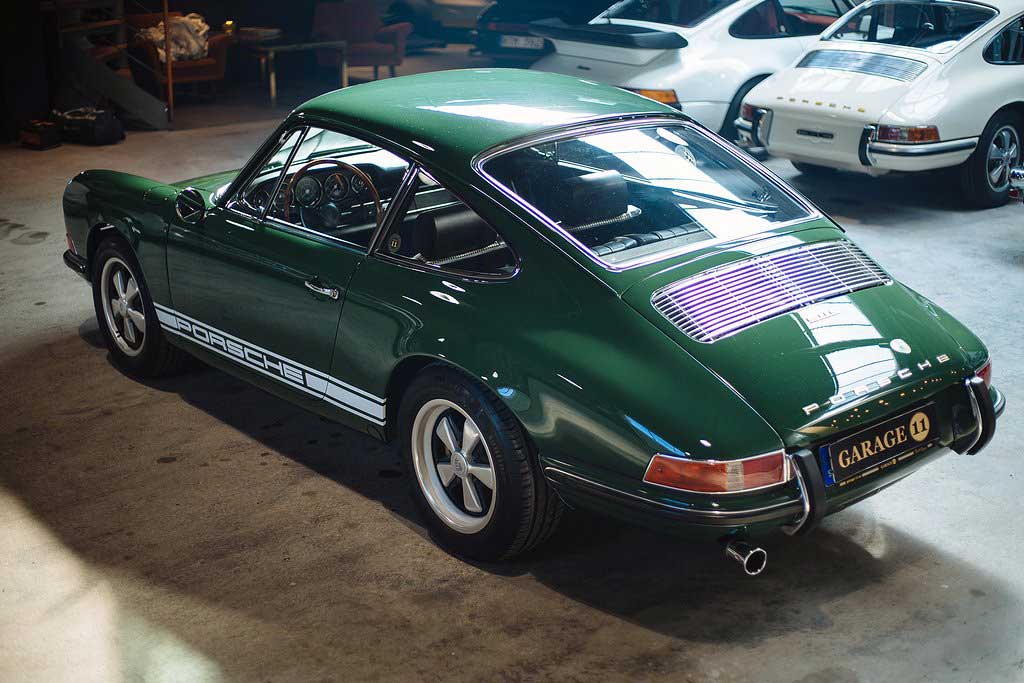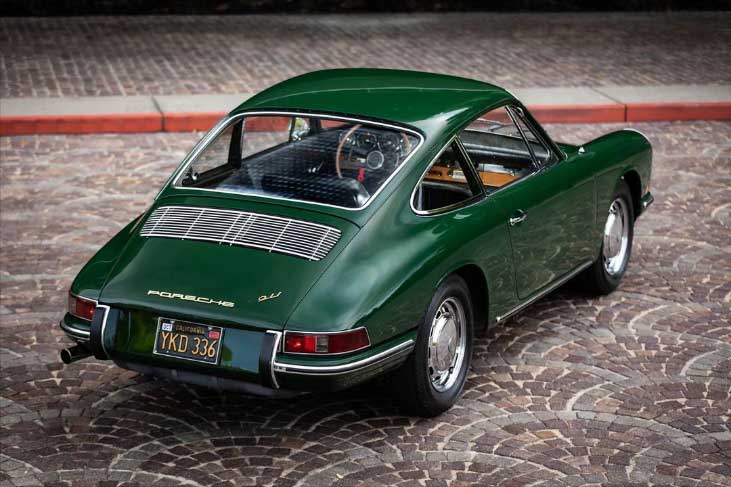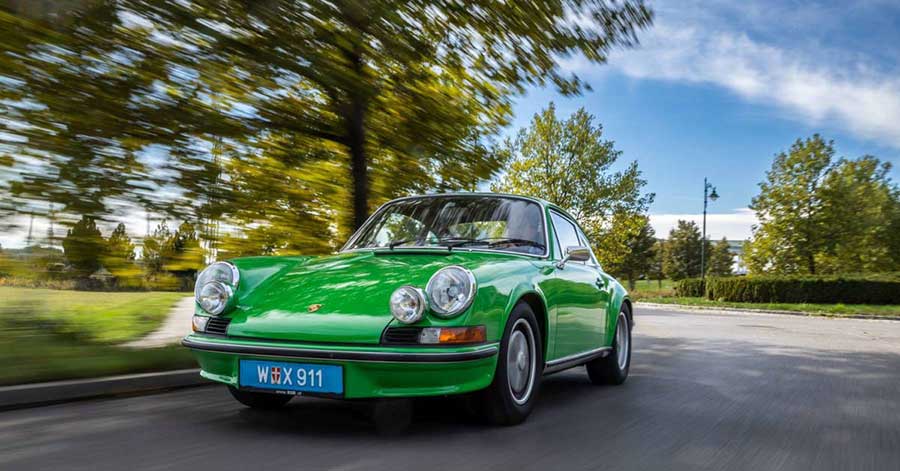A Legend Awakens
There’s a certain sound that defines the soul of driving: the mechanical snarl of a flat-six engine winding its way through Alpine passes, the tactile hum of air-cooled cylinders vibrating through the leather-wrapped wheel, the unmistakable silhouette reflected in the rearview mirror of your dreams. That sound, that silhouette—that’s the Porsche 911. When it first appeared at the 1963 Frankfurt Motor Show as the “901,” it was more than a new sports car from Germany. It was a siren call to driving enthusiasts everywhere, a statement of intent from a marque that dared to innovate without compromise.
Few cars have so thoroughly etched themselves into the collective consciousness of car lovers like the Porsche 911. Over sixty years later, it remains both a constant and a chameleon: evolving, refining, and innovating—yet always unmistakably itself.
The 1960s: Turbulence, Transformation, and the Birth of a Legend
The early 1960s were a time of disruption. The Beatles were rewriting pop music. NASA was chasing the stars. And in the automotive world, manufacturers were breaking free from post-war conservatism, embracing performance and style with newfound confidence. Porsche, known for the dainty but victorious 356, saw the need for evolution.
Ferdinand “Butzi” Porsche, grandson of the company’s founder, led the design of what was then known as the 901. Its debut marked a transition—not just for Porsche, but for the concept of the sports car itself. When Peugeot protested the naming rights (claiming exclusivity on model numbers with a central “0”), Porsche simply changed the badge to “911.” The rest is history.

A Masterclass in Engineering and Design
From the outset, the Porsche 911 was a paradox. Rear-engined—defying the norms of weight distribution—and air-cooled, it should have been a dynamic misstep. Yet, through relentless engineering refinement, it became a handling marvel. Its 2.0-liter flat-six engine produced just 130 horsepower in its original form, but thanks to its light weight, slippery shape, and precise balance, it was a pure driver’s car.
The design? Timeless. Butzi’s curves were aerodynamic and elegant, with a sloping roofline and upright headlights that would become signature features for generations. The interior was austere but purposeful: five round gauges, a thin-rimmed steering wheel, and ergonomics that placed the driver squarely at the center of the machine.
What truly set the 911 apart was Porsche’s obsessive, evolutionary philosophy. Rather than overhaul the car with each generation, Porsche chose to perfect it—like a violinmaker sanding a single instrument to acoustic nirvana. From the short-wheelbase 911S to the whale-tailed 930 Turbo, each iteration built on its predecessor’s brilliance.
Revered Reception and Cult Status
Critical response to the 911 was glowing. Journalists praised its communicative steering, bulletproof reliability, and the sheer joy it offered behind the wheel. It quickly became the darling of weekend racers and well-heeled commuters alike. The car’s duality—equally at home on the racetrack or a coastal highway—cemented its desirability.
Sales steadily climbed, and the 911 outlived all of its would-be successors. Porsche attempted to supplant it with the 928 in the late ’70s, but loyalty to the 911 was unshakable. Enthusiasts saw it as an extension of themselves: a car with quirks, personality, and enduring soul.
From Le Mans to Hollywood: A Cultural Touchstone
In motorsport, the 911 was virtually unstoppable. From the Targa Florio to Monte Carlo, the Carrera RS to the GT2, it wore victory like a tailored suit. Its rear-engined layout became an asset in the hands of skilled drivers, and its resilience under pressure earned it legendary status in endurance racing.
Pop culture didn’t ignore the 911, either. Steve McQueen drove one in Le Mans—a slate grey 1970 911S that became iconic in its own right. From Top Gun to Bad Boys, the 911 has always been Hollywood’s shorthand for the sophisticated rebel: fast, beautiful, and never vulgar.
Collectors adore it. Jay Leno, Jerry Seinfeld, and Patrick Dempsey have all built significant Porsche collections, each anchored by rare 911s. The 1973 Carrera RS 2.7, with its ducktail spoiler and mechanical purity, is often called the “holy grail” of the air-cooled era.


Modern Reverence and the Eternal Flame
Today, the Porsche 911 sits at the pinnacle of collectible classics. Air-cooled models—produced until 1998—have seen meteoric rises in value, with concours-quality examples commanding six-figure sums. The 911 R, the 964 RS, the 993 Turbo—each has its own cult, its own mythology.
Restomod culture has also embraced the 911. Companies like Singer Vehicle Design reimagine the car with reverence and artistic precision, blending modern performance with vintage aesthetics to create dream machines for the discerning few.
But perhaps more than anything, the 911 endures because it never betrayed its roots. In a world of digital distractions and oversized SUVs, the 911 still speaks to purity. It’s a car you drive with your hands and feet, not your thumbs.
Conclusion: The Car That Became a Compass
The Porsche 911 is more than a car—it’s a benchmark, a beacon, a memory in motion. It has guided generations of enthusiasts, racers, engineers, and dreamers toward a single north star: the joy of driving.
To own a 911 is to hold a piece of rolling history. To drive one is to hear echoes of the Autobahn and the Alps, of Le Mans and Laguna Seca. And to love one is to understand that evolution, not revolution, creates icons. In the pantheon of classic cars, the Porsche 911 doesn’t just stand tall—it drives ahead, rear end wagging, six cylinders singing, and its legacy forever unfolding on the horizon.
